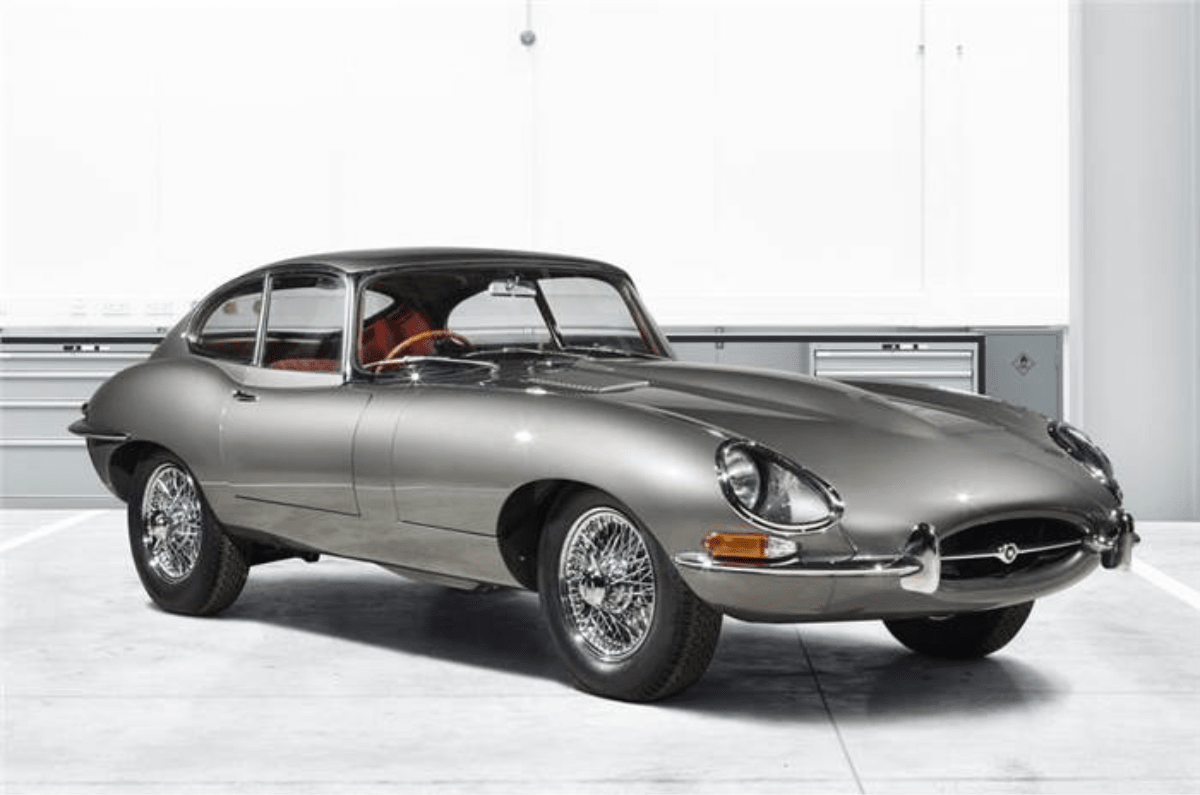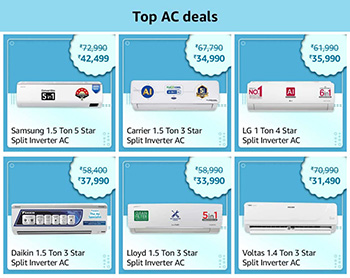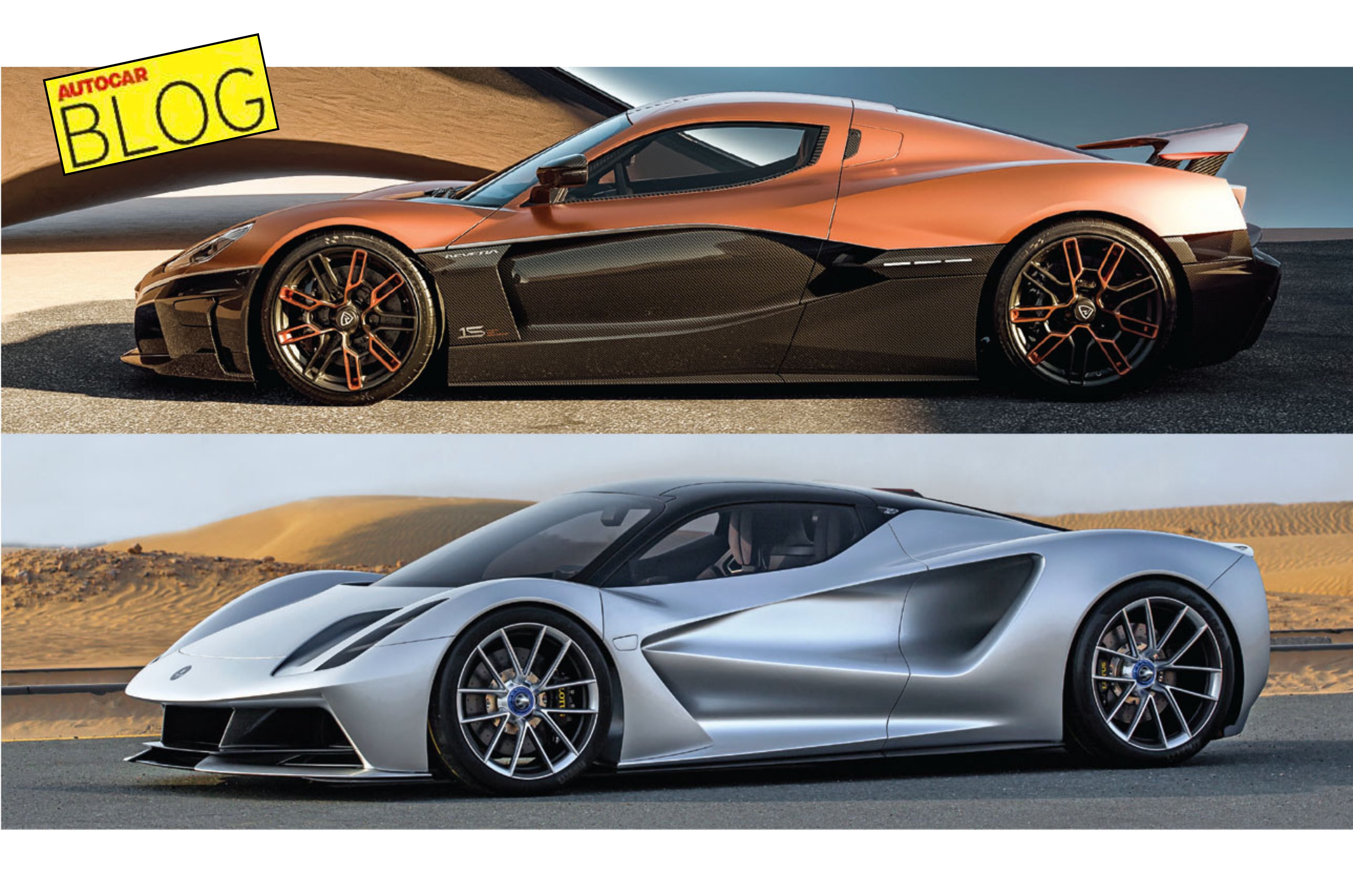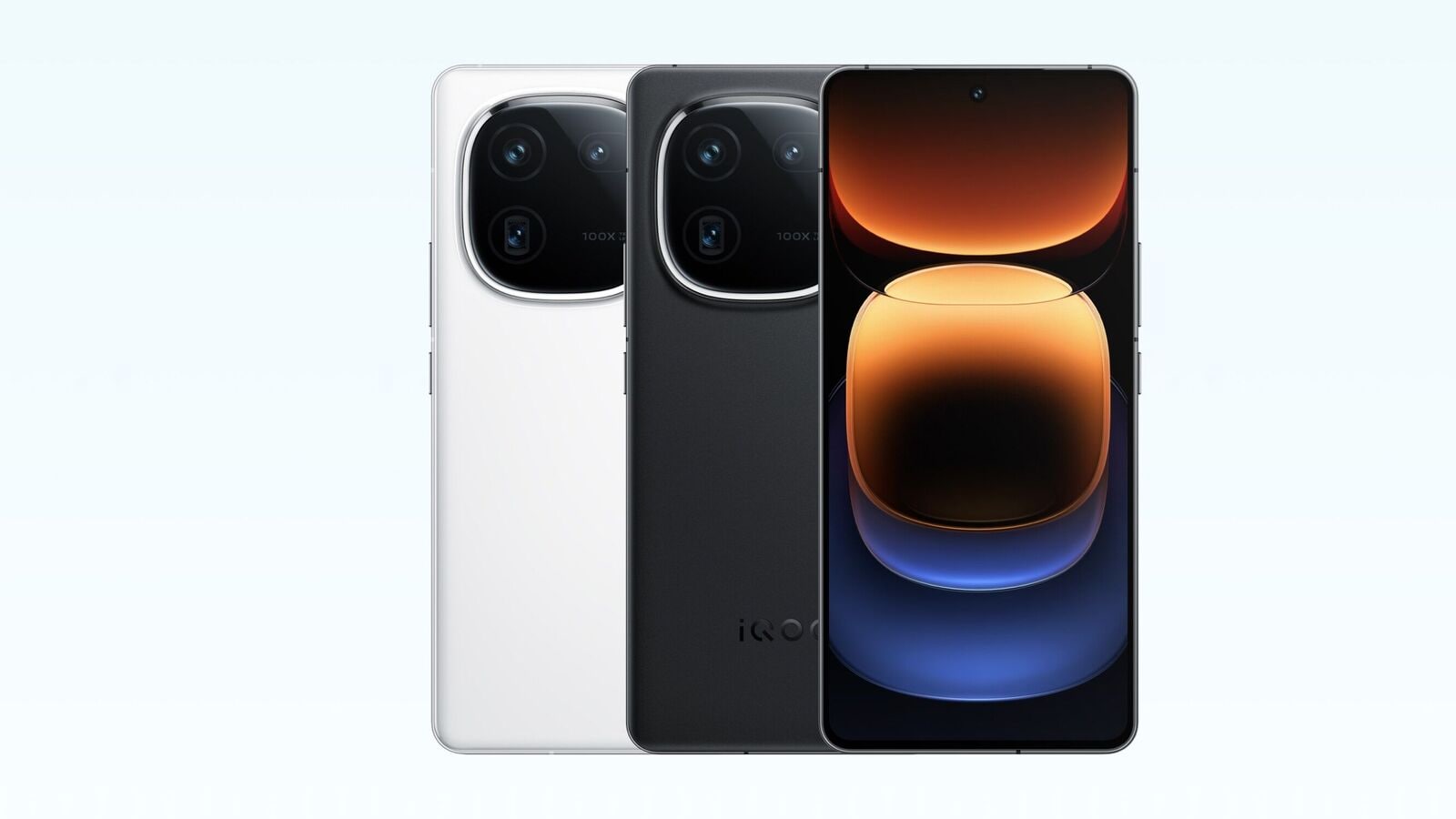In what is sure to bring cheer to vintage and classic car enthusiasts, the government of India has relaxed its vintage car import policy. Previously, only cars built before 1950 could be imported, however, under the new relaxed norms, cars 50 years (or older) are eligible for a ‘licence-free import’. This means that this year, cars built up to 1975 are eligible for import, which extends the permitted import period from pre-1950 to 1975, covering an additional 25 years of automobile history.
- These vintage cars can be imported by their actual users
- Resale of these vehicles is strictly prohibited
Furthermore, the 50-year limit is on a rolling basis, meaning next year cars built up to 1976 would be eligible and so forth. The exact date to determine the age of the vehicle will be from the date of first registration after its initial sale. Iconic classics from brands like Mercedes, Jaguar, Porsche and American muscle cars are among the notable examples.
Is the import of vintage and classic cars completely free?
No, there are fees to be paid. The import is only licence free, which implies the actual users don’t need an import licence and they can now bring in these cars after paying the stated duties and fees. Customs duty, GST and registration all together work out to about 250 percent of the invoice (traded) value of the car.
What are the restrictions on the usage of these cars?
The Directorate General of Foreign Trade has strictly prohibited any resale of these imported vintage cars in the Indian domestic market and says that cars must be for personal use and cannot be traded in any form whatsoever. It further noted if someone resells these vehicles, stricter conditions like a five-year no-sale rule could be introduced in the future. Also, cars intended for use on public roads must comply with the Motor Vehicles Act, 1988 and the Central Motor Vehicles Rules, 1989.
The policy is a significant move for vintage car collectors in India. It will also give rise to an increase in employment opportunities for restorers.
Also, see:









